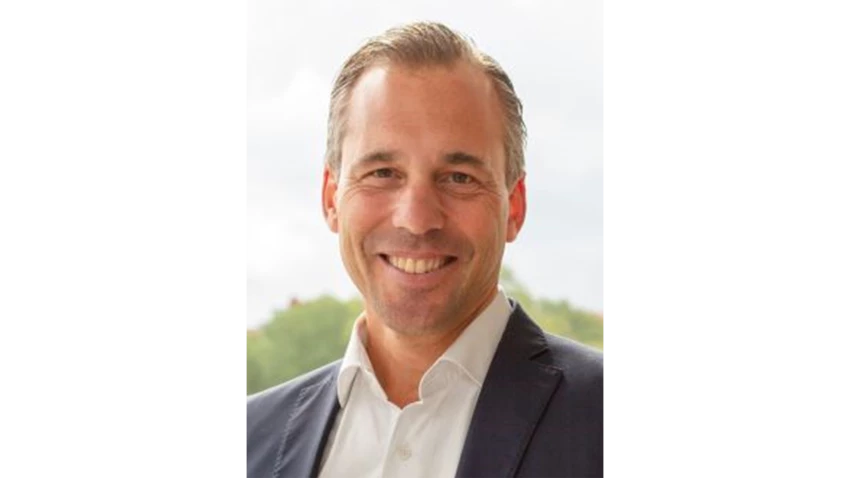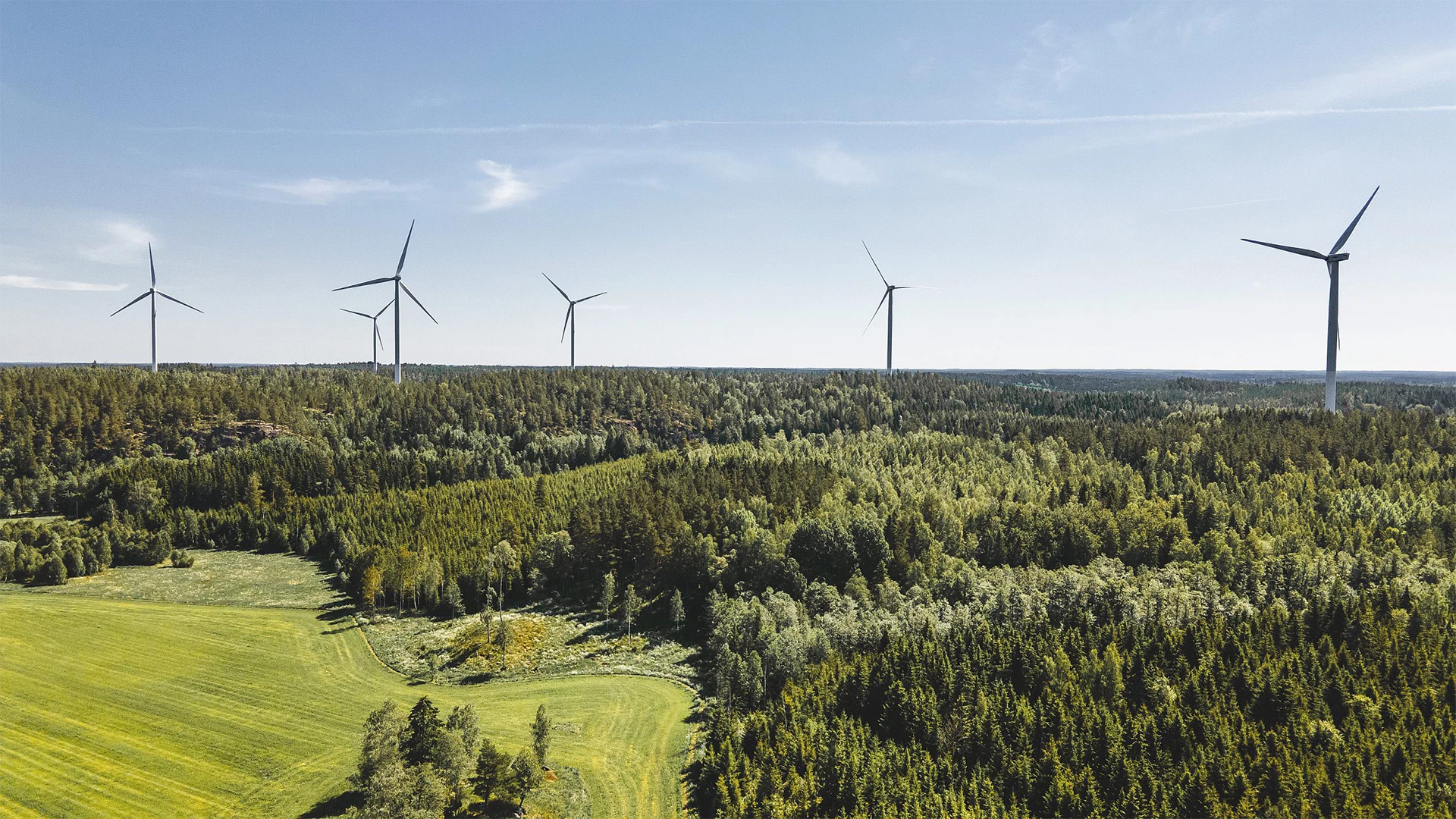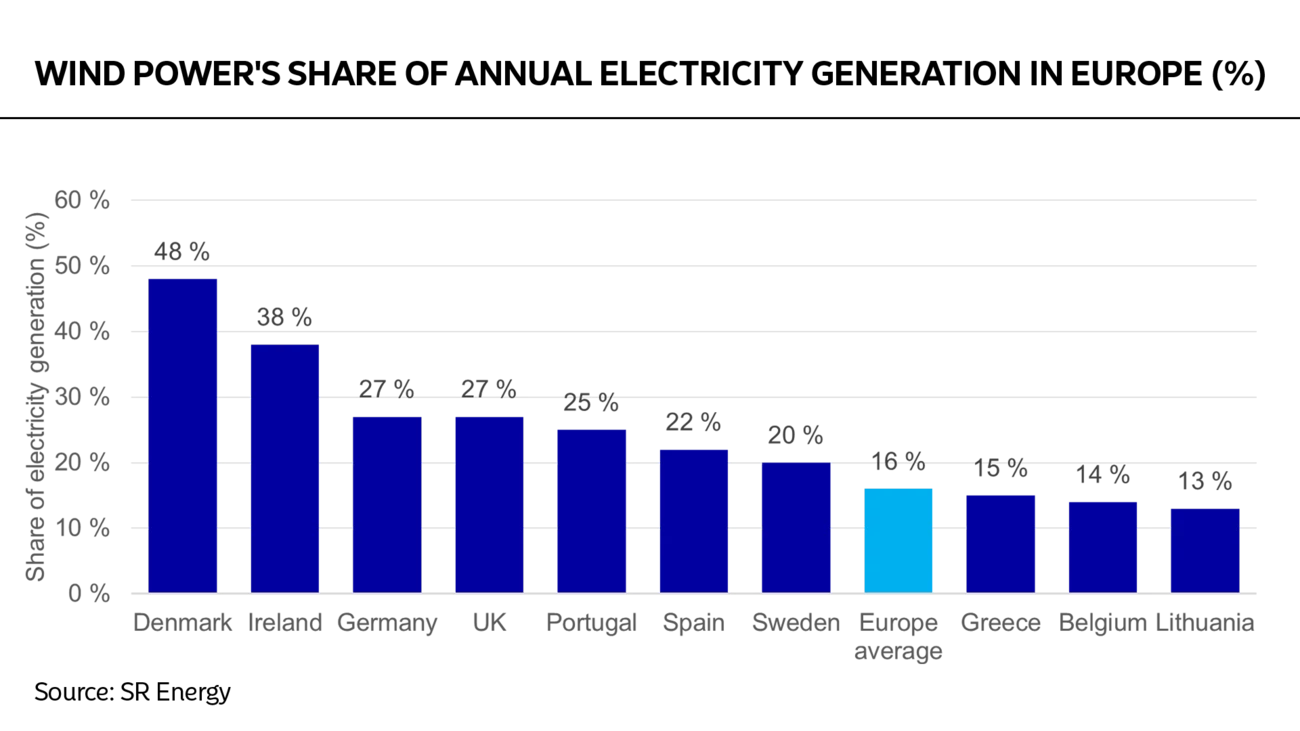JT: Permit processes can be very time consuming, and wind power has faced resistance from 'not in my backyard' attitudes from municipalities, landowners' ability to appeal permits, veto rights by the military, etc. Do you see any potential 'fixes' to these challenges now that Europe needs to eliminate its dependence on Russian gas?
PZ: In a European ranking, Sweden is sadly second-worst of all countries regarding lead times for permits, with slow processes characterised by a high level of bureaucracy and a high level of legal uncertainty regarding outcomes. In macroeconomic terms, this is what we call 'increased transaction costs'. Developers spend a lot of time and money on an application and still face a great risk of having the application rejected at a late stage. This applies to both generation and grid projects. These issues have been discussed for years and are repeatedly subject to inquiries and investigations, with little or no measures taken. Sweden stands out as being problematic in this area, not least in contrast to nearby countries such as Denmark and Germany, which both have considerably shorter processes.
Trust in the rule of law is of course essential and should never be allowed to erode. But slow permit processes do not strengthen the rule of law. It causes problems for virtually all stakeholders, and for society as a whole. Our experience is that multiple and repeated appeals to permits for proposed projects can cause great delays, but when the permit is granted and the project completed, those great concerns ease when the outcome turns out not to be the imagined nightmare. No one gained from the fact that it took years for this to be tried, decided, established and experienced.
The typical process is that we learn from our dialogue with a municipality in which areas it could in principle accept a wind farm and make applications with this in mind. When the application is submitted, time-consuming bird and wildlife evaluations start. The processing of applications by regional authorities is generally very slow and often gets further delayed by key staff being on sick leave or parental leave. I think it is fair to describe this as an under-resourcing in the units processing project applications.
There has also been a clear trend in recent years of more permit decisions by the Swedish Land and Environment Courts being appealed, and in the last five years or so, we have seen much more appeals actually tried by the Superior Environmental Court. Moreover, courts have often ruled differently versus what they used to do historically. In our first ten years of doing business, we never saw processes where permits were granted, appealed, appeals being overruled in the first and second instances but then confirmed in the Superior Environmental Court. But this does happen now, causing significant uncertainty for application processes in the lower courts, as new precedents are set. These changes are coming from within the court system and seem related to implementation of Swedish legislation to comply with the EU Habitats Directive for conservation of wildlife. We also see increasing demands on our various investigations and analyses all the time. Not in the sense that they are getting better, but more to address perceived anxiety on the part of the authorities who need to feel comfortable that they have not omitted any pertinent questions or missed any key facts.
A key complication is also that grid operators will not get involved in a potential project until a permit has been granted at least by the first legal instance. This has become more of an issue in recent years when grid capacity is starting to become a bottleneck. Plugging major wind farms into the gird nowadays often requires significant investments in transmission capacity.
One extreme example is a wind farm we just completed, where the initial application to develop it was submitted in 2008, 14 years ago. While most projects do not face delays of this magnitude, a good rule of thumb for permits for Swedish wind farm project permits today is that it can take five to ten years until project completion.
We certainly hope that the current European energy crisis could be a catalyst for a review of these permit processes, where the problems should certainly be technically and legally solvable, and progress depending more on focus, priority and resources.
JT: How confident are you about the unit cost of electricity over the economic life of onshore and offshore wind farms in the coming decades? Could project or technology risks make the economics of wind power less appealing than it appears today?
PZ: The technological development for wind turbines has been very supportive of its competitiveness as a power source. The turbines we deploy in projects today typically produce four times as much electricity as the ones we installed in 2006. Their efficiency is increasing, the service cost is falling and the economic life is increasing substantially. We used to assume a service life of 20 years. Today, we are talking about 35 years. And as worldwide deliveries of wind turbines keep growing, economies of scale in their production improve. These factors add up to driving down the cost per kWh of electricity from wind power. A slightly cheeky way of putting it would be to say that the fiercest competition wind power faces comes from tomorrow's wind power that we will build, which is even more competitive. You could argue that we are our own worst enemy. To draw a parallel to our personal lives, we know that the technological development is so fast that we might have to replace a new smartphone or laptop in five years. We will not replace functioning turbines in wind farms, of course, but we will need to invest continuously to maintain a trend of lower production costs for electricity for our portfolio of assets.
I should mention that wind turbines require a lot of steel, copper and other materials, for which we have for many years had a favourable cost trend that has now reversed. We know these raw material prices are cyclical, and we are now facing cost inflation for wind turbines from price rises.
We have so far followed and evaluated offshore wind power with great interest but stayed out of it. Offshore has reduced its unit costs more than onshore in recent years, in percentage terms, but from a higher starting level. The output volumes are still fairly small, but there are now gigantic projects coming that could offer scale benefits beyond what we are seeing in onshore. We expect offshore wind to become more cost competitive over time, but I doubt that it will ever close the gap to onshore wind. A lot of offshore wind capacity could well be very profitable, depending on your long-term assumptions for electricity prices. But we are sticking to our guns when it comes to minimising generation costs. We can influence the cost level to support our competitiveness, but not the electricity prices. It may sound strange in the current extreme price environment, but only two years ago we had record-low electricity prices. We need to be able to perform satisfactorily under both.
JT: What would be your wish list for regulatory processes or frameworks, or electricity market functionality, in order to achieve or even surpass your growth and profitability ambitions for your business?
PZ: At the top of our wish list would be a more efficient permitting process that would be clearer and more transparent, and would be secure regarding rule-of-law. This would entail a rebalancing of various societal interests, with authorities getting clear guidance to raise the priority of our transitioning to clean and sustainable electricity generation. It is an existential issue, and it should be seen as such in relation to the multitude of other interests and agendas that policymakers must also weigh in.
Another big item on our wish list would be a revision and perhaps modernisation of the regulations and associated incentive structure for the grid operators in Sweden. Their investment behaviour is described as having become more reactive in recent years, as opposed to in other countries where the grid operator takes a view of the long-term needs in the electricity system and invests to be able to accommodate those needs in the long term. If I simplify a bit, I would describe it as the Finnish, Norwegian and Danish grid operators continuously investing based on their assessment of the future needs, while the Swedish approach has become more of investing until transmission capacity limits have been reached, at which point further future needs start to be evaluated and investigated.





